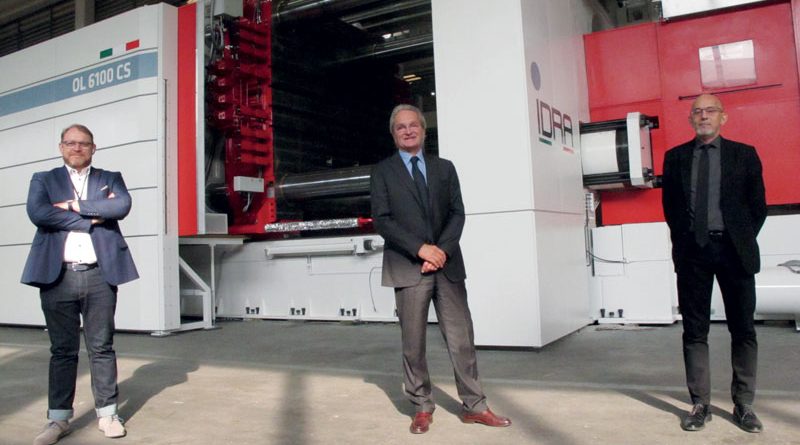Idra’s Giga Press Which Will Change the Standards in Car Production
A visit to Idra to discover the new 6100 Giga Press: a giant weighing 430 tons and 20 meters long which will produce large structural castings capable of transforming the chassis of next-generation cars
The invitation which A&L received from Riccardo Ferrario, General Manager of Idra, was one we could not refuse: the possibility of taking a close look at an OL 6100 CS Giga Press of the NEO series completely assembled in the factory in Travagliato (Brescia), certainly the largest die casting machine ever made in the world, before its shipment to the customer. In the next issue of our magazine we shall analyse in detail the technical solutions and innovations of the Giga Press and the novelties which Idra illustrated during the visit, such as the new LPF series presses with Low Pressure Forging technology, that is, casting with low pressure filling and final forging of the metal during solidification.

With understandable pride, Idra’s management took the opportunity of the machine’s in-house testing to show the press and all its main customers live the third Giga Press built at the Brescia plant, partly in response to the scepticism that had spread in 2018 when the first 5,500 ton locking force Giga Press was announced. Today, not only is the Giga Press a new class of die-casting machines positioned at the top end of the market, but it is also opening up new industrial approaches to lightweight automobile construction. The press is actually the highest point of a path of innovation started by Idra a few years ago to respond to an emerging need of vehicle manufacturers, looking for new construction strategies suitable for sustainable mobility: manufacturing light vehicles, with electric or hybrid powertrain and above all at competitive costs.

Large structural components for the car chassis
Giga Press can also make the dream of the most visionary car manufacturer come true: to use large structural parts, much easier to handle and assemble, instead of the robotic assembly of the dozens of high-strength aluminium and steel components which today form the chassis of next-generation cars. As Riccardo Ferrario explained, “this is overcoming the logic of the space-frame chassis, which is certainly effective in terms of performance, but very complex and expensive to implement in assembly lines. With the large castings produced by the Giga Press, the ‘one shot – one car’ logic becomes a plausible hypothesis. The two presses already delivered and in operation at our customer’s premises produce the entire rear underbody module of a car in just two pieces, replacing a welded structure previously composed of 70 parts. The way is paved: in the future, with castings up to 80 kg in weight and 2 metres in length made with the Giga Press, it will be possible to produce the entire rear with a single casting and in the same way the front and underbody. This means shortening the downstream assembly line, handling fewer components in the cycle and thus reducing the industrial cost of the vehicle with the same performance on the road”.
An immediate question arises: which customers are already applying this production logic? Ferrario and its employees kept this topic totally confidential. All we know is that, in addition to the three presses already built and a fourth in the assembly phase, Idra has seven other machines in production, almost all of which are destined to the same single customer and with different destinations around the world. Numerous rumours published by the international press in recent months, including Reuter itself, suggest that Idra’s Giga Presses will be the core of production at the Tesla Giga Factory in Fremont (California), Shanghai, Austin (Texas) and Berlin, which will start production of the Model Y compact SUV for the European market in July 2021.

